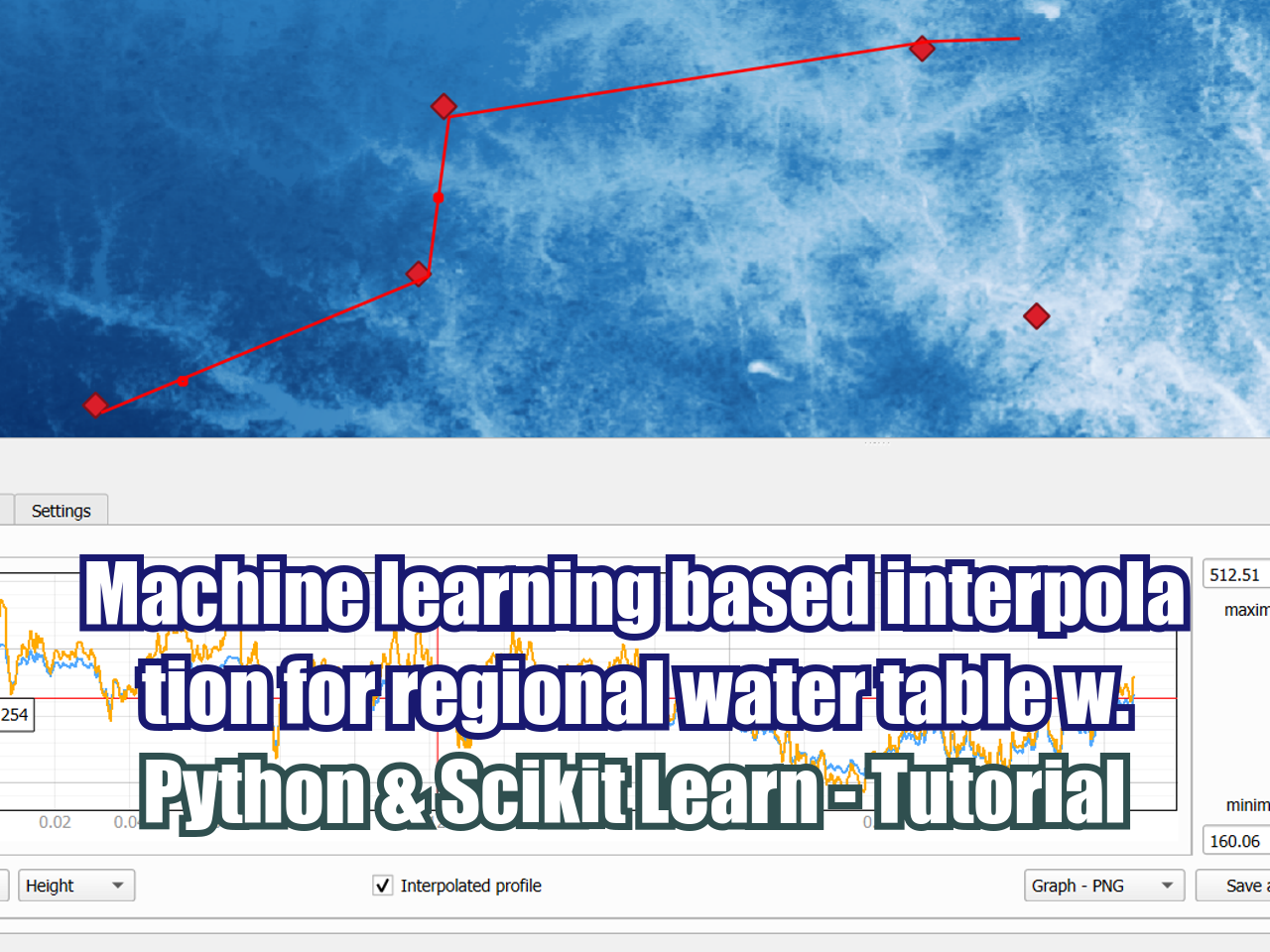Climate change impact on watershed response
/Mathematical models of global climate can reproduce many aspects of the physical climate system. General Circulation Models (GCMs) simulate physical processes in the atmosphere, ocean, cryosphere, and on land surface. Predictive scenarios on climate change will be applied to selected GCM models and their output will be used on the PRMS hydrologic simulations.
GCMs come from several institutions related to climate research; predictive scenarios are developed by the Intergovernmental Panel on Climate Change (IPCC) in order to estimate future greenhouse-gas emissions necessary for input to the GCMs.
Objectives
This methodology is for an investigation of watershed-scale response to climate change on Andean Basins. The investigation deals with climate change projections in the 21st century and potential impact on water supply reliability through hydrologic modeling with the Precipitation-Runoff Modeling System (PRMS).
The objective of this research is the evaluation of climate change impact on different water cycle components in a determined Andean Basin.
Research
The hydrological investigation starts with the selection and downscaling of General Circulation Models (GCMs) and GCM scenarios to conceptualize the climate change-scenarios for 2011-2099 on the study area.
Figure 1 Downscaling schema from the GCMs to the effects of climate change on the Angascancha Reservoir Basin - Peru
Secondly, the existing data on precipitation and temperature is updated and interpolated according to predicted regional trends. This data will be used as input for a PRMS model on the study area.
Figure 2 Range in Maximum Temperature and Precipitation Mean Annual Values by GCM Scenario 1
Finally, the hydrological modeling will represent the actual conditions of water cycle plus the changes due to predicted climate variables. The impact of climate change will be seen on different plots in a monthly and yearly timescale. The analysis will be based on comparison from the actual watershed conditions to the predictive scenario conditions on runoff, snow covered area, evapotranspiration and soil moisture dynamics.
Figure 3 Range in Potential Evapotranspiration and Groundwater Storage Mean Annual Values by GCM Scenario 2
References
1 and 2: Risley, Hay, Markstrom, Watershed Scale Response to Climate Change: Sprague River Basin, Oregon, Online Publication.
http://www.awramedia.org/conferences/Anchorage2009/power_point/session7_Risley.pdf




























